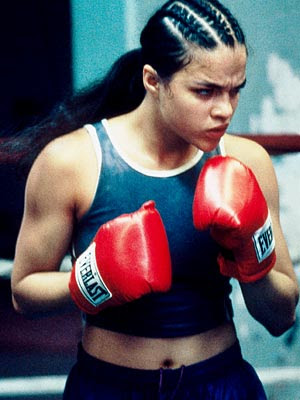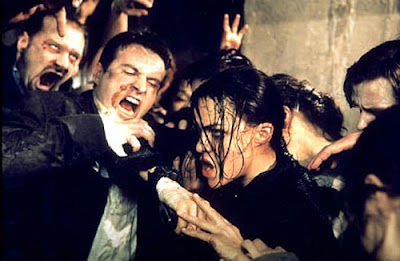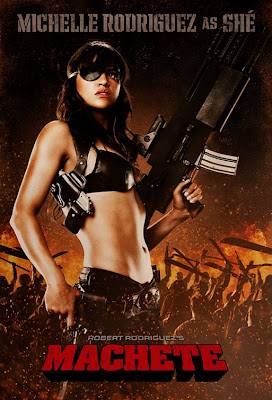 |
| Michelle Rodriguez, Kate Bosworth, and Sanoe Lake in Blue Crush |
Written by Robin Hitchcock
 |
| Sasha Jackson and Elizabeth Mathis in Blue Crush 2 |
Robin Hitchcock is a white American girl living in South Africa. She doesn’t surf (yet).
The radical notion that women like good movies
 |
| Michelle Rodriguez, Kate Bosworth, and Sanoe Lake in Blue Crush |
Written by Robin Hitchcock
 |
| Sasha Jackson and Elizabeth Mathis in Blue Crush 2 |
It’s Not Easy for Black Celebrities Like Raven-Symoné to Come Out by Allison Samuels via The Daily Beast
Women Directors Take Record Number of Emmy Nods, If Not TV Jobs by Amy Dawes via The Los Angeles Times
She Did That! Issa Rae Brings ‘Awkward Black Girl’ to HBO via Madame Noire
The Banal, Insidious Sexism of Smurfette by Philip Cohen via The Atlantic
More Leading Roles for Asian Actresses Shows Hollywood’s (Slow) Progress by Vera H-C Chan via Yahoo! Movies
‘Orange is the New Black’ Offers New Opportunity to Discuss Trans* Issues by Mychal Denzel Smith via Feministing
It’s Not Easy for Black Celebrities Like Raven-Symoné to Come Out by Allison Samuels via The Daily Beast
Women Directors Take Record Number of Emmy Nods, If Not TV Jobs by Amy Dawes via The Los Angeles Times
She Did That! Issa Rae Brings ‘Awkward Black Girl’ to HBO via Madame Noire
The Banal, Insidious Sexism of Smurfette by Philip Cohen via The Atlantic
More Leading Roles for Asian Actresses Shows Hollywood’s (Slow) Progress by Vera H-C Chan via Yahoo! Movies
‘Orange is the New Black’ Offers New Opportunity to Discuss Trans* Issues by Mychal Denzel Smith via Feministing
Michelle Rodriguez, famous for her roles in “Girlfight”, “The Fast and the Furious” series, and TV series “Lost”, is a cinematic conundrum. Much like most Latina actresses, Rodriguez is typecast. Unlike those Latina actresses who are typecast as extremely feminine and sensual, Rodriguez is typecast as the smoldering, independent bad girl who doesn’t take shit from men. In her roles, Rodriguez embodies many traditionally coded masculine traits (she’s strong, aggressive, mechanically inclined, independent, physical, etc). Despite this perceived masculinity, she is not depicted as a lesbian, and her butch attributes are actually designed to accentuate her sexual appeal.
 |
| Michelle Rodriguez as Letty: mechanic, car racer, and thief in The Fast and the Furious series |
 |
| Michelle Rodriguez as Diana Guzman in Girlfight |
| Michelle Rodriguez as Ana Lucia Cortez in Lost |
 |
| A pre-zombified Michelle Rodriguez as Rain Ocampo in Resident Evil |
 |
| Michelle Rodriguez’s sexuality is definitely at the forefront as Shé from Machete |
 |
| Resident Evil DVD Cover |
 |
| Zombies: something to talk about |
 |
| Michelle Rodriguez as Rain in Resident Evil |
 |
| Spencer Locke as K-Mart and Ali Larter as Claire in Extinction |
 |
| Alice wakes up in an Umbrella Corporation lab. Get used to it, Alice. |
 |
| Machete |
 |
| The nurses |
…the whole package pays homage to/makes fun of the “grindhouse,” which is a beaten-down movie theater that plays double-bills of B movies. […] Now that we’re clear that these are supposed to be B movies, that they are hearkening back to and a parody of a specific kind of film, then we can skip all of the ways in which they are typically sexist. Yes, there are copious bare breasts and ass shots, women are called bitch all over the place, sexual violence is threatened (though, and I thought this was telling, never actually enacted) […] If there is any chance of you enjoying Grindhouse, or finding anything about it to be subversive or interesting, you are going to have to consider these things part of the kitsch that Rodriguez and Tarantino are playing with and move on.